9 Interesting Facts About Friction Your Teacher Won’t Tell You
If you are a science student, then you must have studied a lot about friction. But here are some interesting friction facts that you might not have been taught in school.
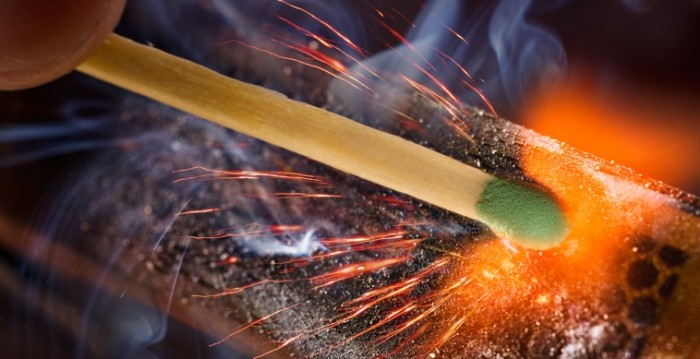
Have you ever wondered why you don’t slide easily across the cement in your shoes and smoothly slide on a wooden floor even in socks? The answer is friction. It is a powerful force that acts between two things in contact and controls the movement of the object.
1. Friction Is Both Harmful And Helpful
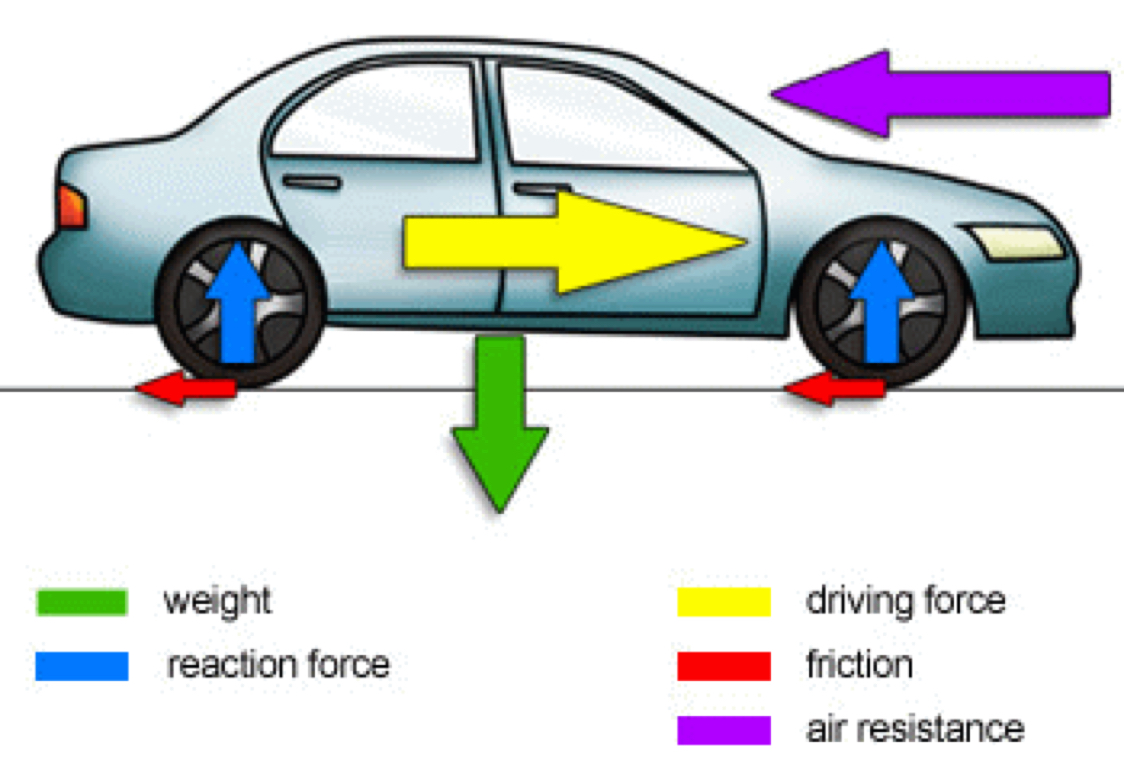
Friction positively affects the car movement. For instance, without friction, your car cannot move i.e. the tyres cannot push against the surface (ground) to move the car and thereby brakes cannot stop the car.
On the other hand, it can cause problems too. Consider this example. Friction between any engine parts only increases the temperature and thus causes engine parts to break down; therefore, a coolant is added to keep the temperature normal.
And this how friction can be both harmful and helpful in practical world. (14.1)
2. Weight Is An Important Element In Friction
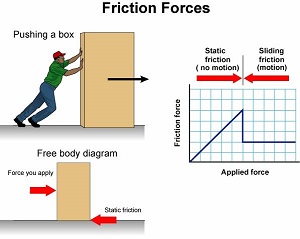
According to the three laws of physics, weight is an important factor in friction. The first law says that friction is directly proportional to the weight of the object. According to the second law, it is not calculated by the volume and area of an object. The last law suggests that it is independent of the speed at which an object is active.
3. Different Types Of Friction Reveal Different Features
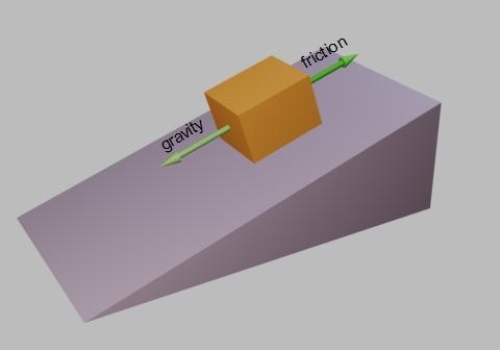
There are different types of friction you experience in your daily life. Fluid Friction depicts the friction between the layers of liquid crossing each other. Dry Friction explains the friction between the motion of two solid surfaces when comes in contact. Lubricated Friction is a fluid friction when a lubricant fluid divides into two solid surfaces.
4. The Laws Of Sliding Friction Date Back To 1493
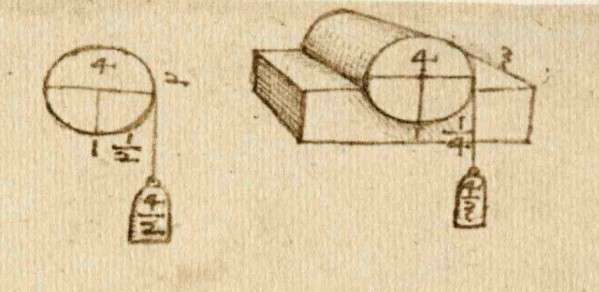
The laws of sliding friction were introduced by Leonardo Da Vinci in 1493. Unfortunately, his laws were not documented in books and the laws remained unknown. Luckily, his laws were rediscovered by Guillaume Amontons in 1699 and later became known widely as Amonton’s 3 laws of dry friction. (14.2)
5. Coulomb’s Law Is Used For Calculating Force Of Dry Friction
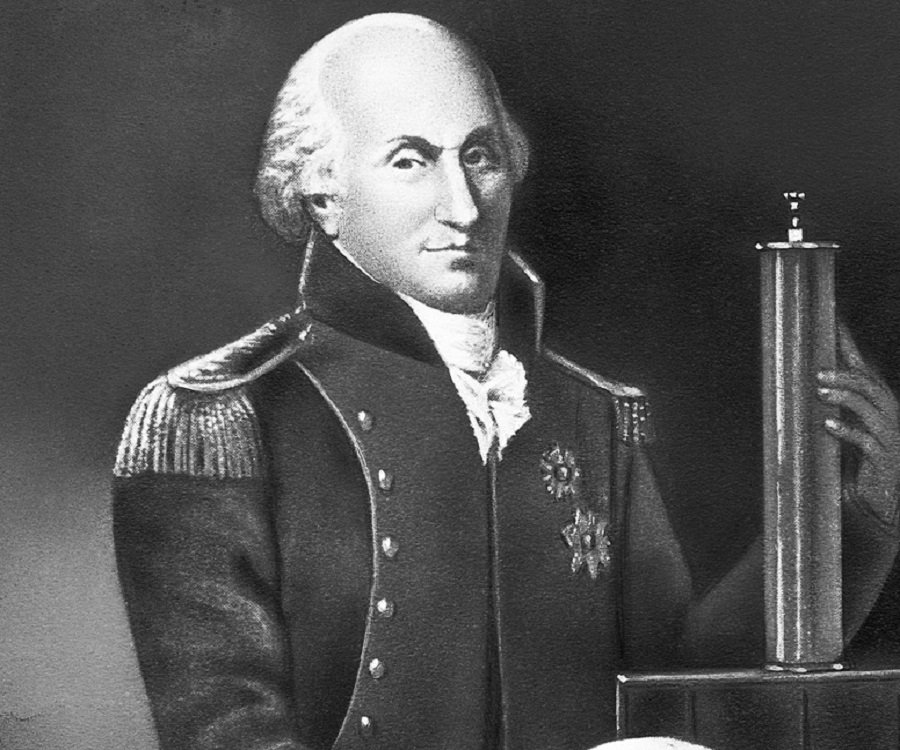
After knowing the friction laws and understanding what friction is, Charles-Augustin de Coulomb further investigated the impact of other factors in friction. He checked the normal pressure, nature of materials, size of area and length of time the surface remained in touch with another surface.
6. Friction Often Heats Things Up
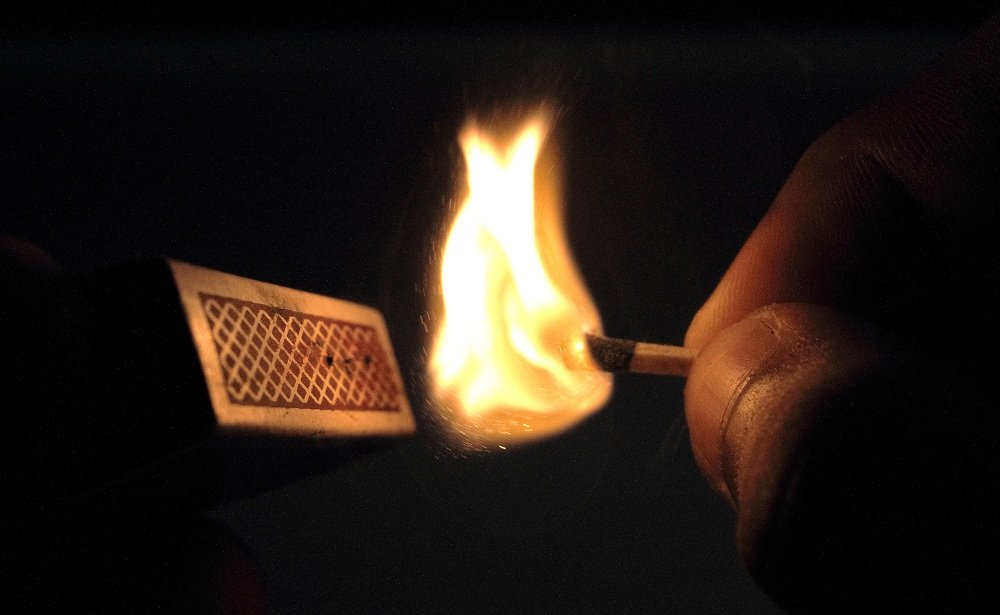
As the sliding object slows down, most of the amount of energy is transformed into heat. The friction converts ordered energy into thermal energy or heat. For example, in match lighting, the glass powder helps in creating friction that’s needed for igniting flammable compounds at the time of striking process.
7. There’s A Strong Connection Between Friction And Energy
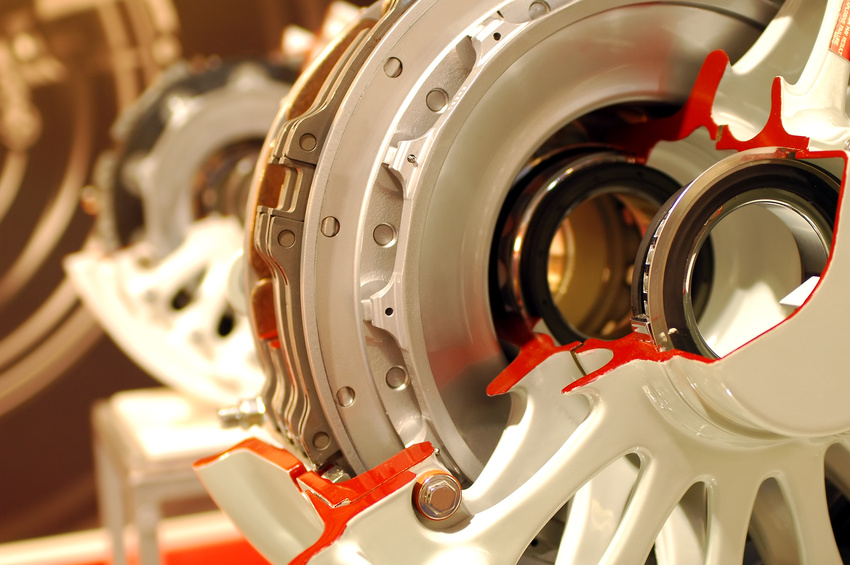
Another interesting friction fact that you might know is that friction has a lot to do with energy. If the two objects are rubbing each other and one is sliding down, it means the objects are losing the energy. The energy released is not at all real and is rather kinetic energy.
8. Friction Blisters Can Cause Pain And Damage To The Tissue
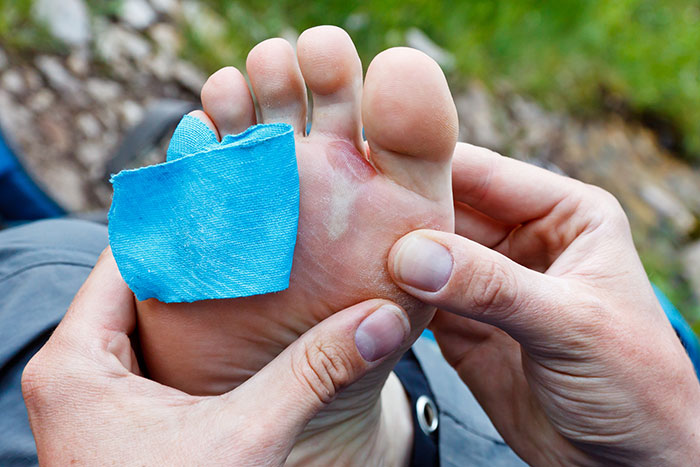
Friction blister is a tiny pocket of puffy, raised skin with fluid and is most importantly caused due to continuous pressure. It usually occurs on the feet when fitting shoes irritate toes for long period of time. The best way to prevent this is by wearing shoes that fit you well, meaning, they should not be too tight or too loose. (14.3)
9. Friction Is A Form Of Energy That Can’t Be Reused
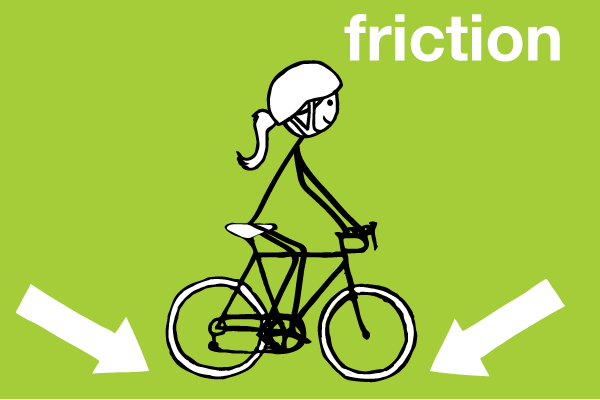
Friction is a way for a system to lose 'useful' energy. This energy doesn’t disappear and converts mostly into heat but it could also be lost to sound (for instance, things produce screeching or vibrating sound when slid across the floor) or other 'useless' forms of energy.
Popular Posts
What Is Trypophobia – A Disgust More Than Fear
"I can't really face small, irregularly or asymmetrically placed holes, they make me like, throw up in my mouth, cry a little bi...
Chandan Roy
16 Interesting Facts About Ambidextrous People
A lefty or left-handed uses his left hand more naturally and dominantly than the right hand. And the righty or right-handed is o...
Ethan Stephans
20 Interesting Facts About Meteoroid, Meteor and Meteorite
Watching celestial objects is a true delight. It is still fun to catch a sight of shooting stars when we grow up. A second of th...
Swati Bhandari








